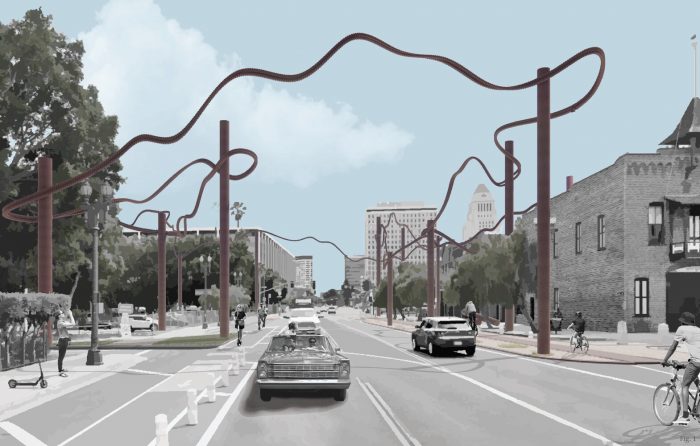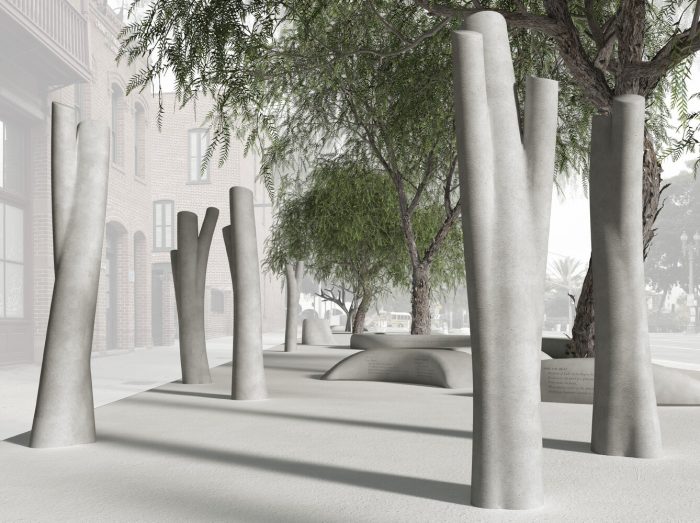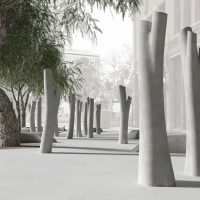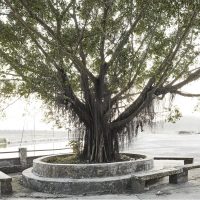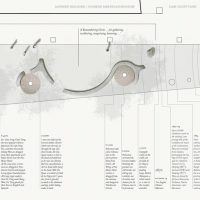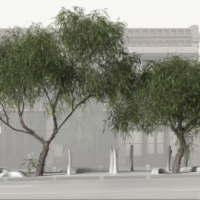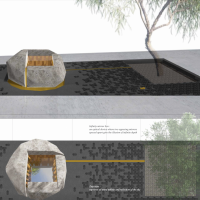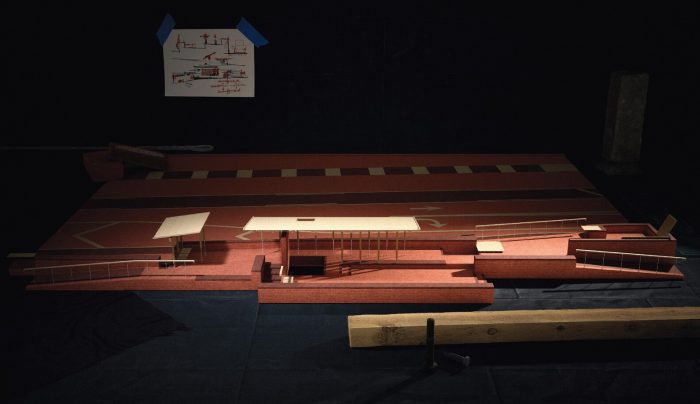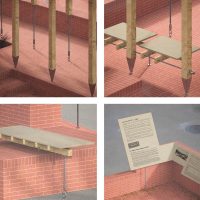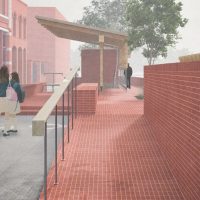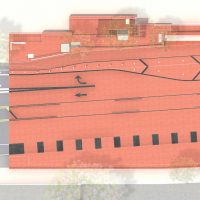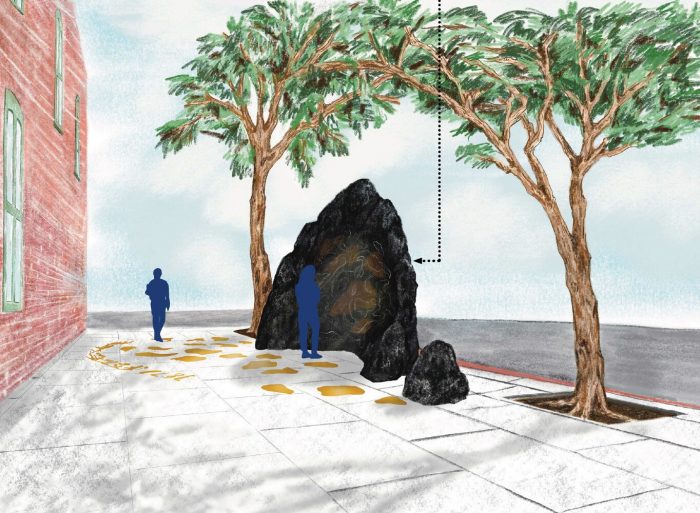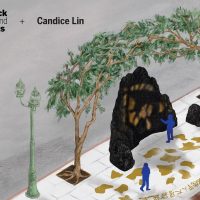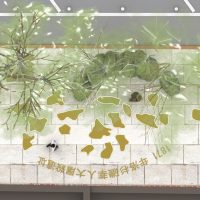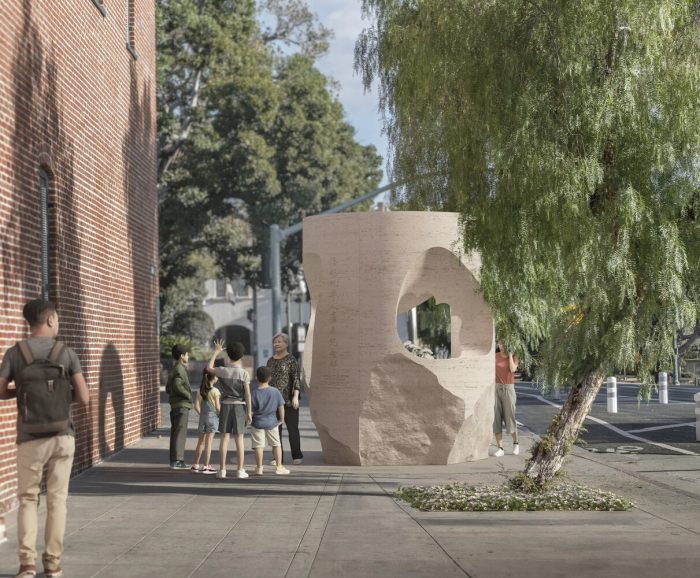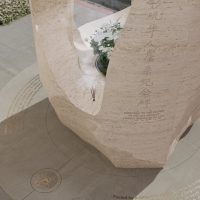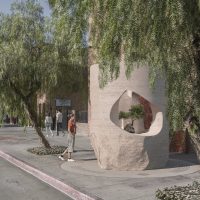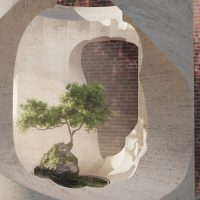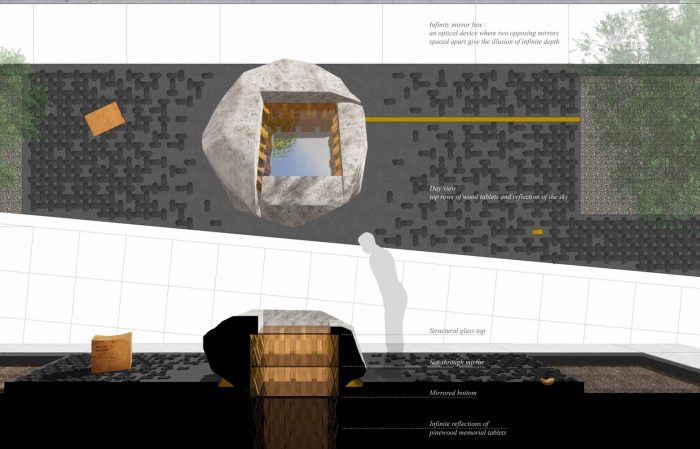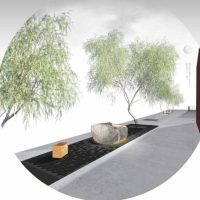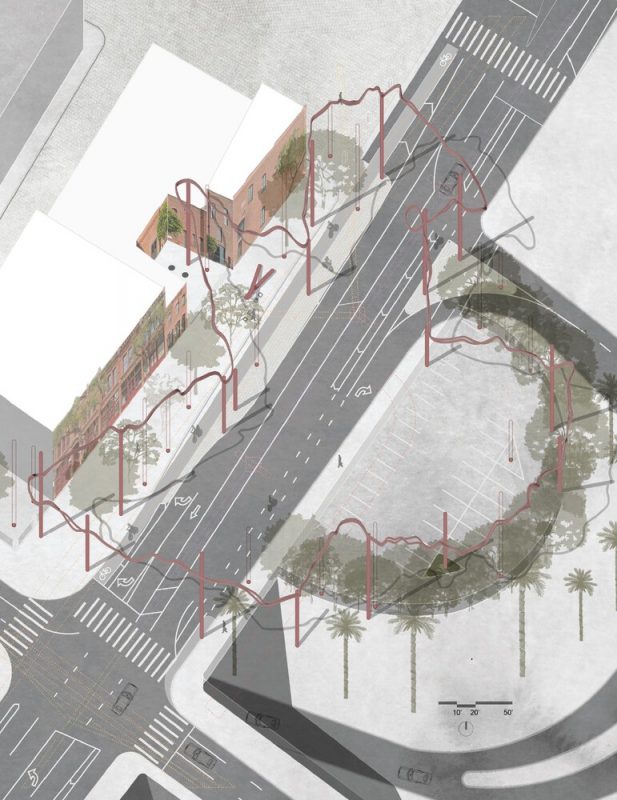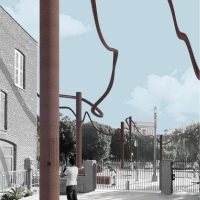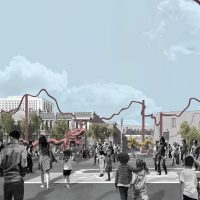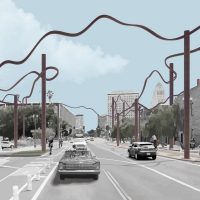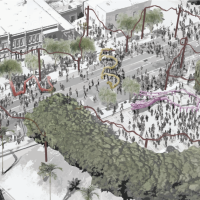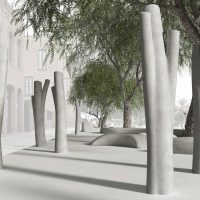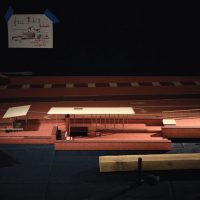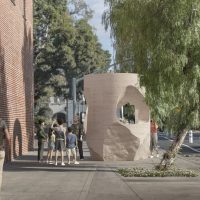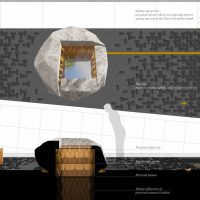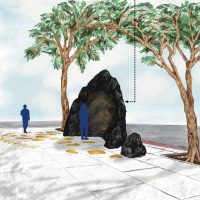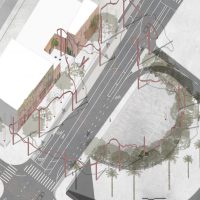Los Angeles’s mayor’s office began planning a memorial to the 1871 Chinese Massacre, a lynch mob carnage that claimed the lives of 18 Chinese men when the city’s population was only 5,700, in 2021.
The Los Angeles Department of Cultural Affairs and El Pueblo de Los Angeles Historical Monument announced last week that a review team consisting of nine artists, architects, curators, and other cultural professionals had selected six designs. The 1871 Chinese Massacre horrible tragedy, which began near the Plaza de Los Angeles, a prominent Chinese neighborhood at the time, and expanded throughout downtown, has been memorialized in various ways in the plans.
“We know it’s tough to confront the injustices of our city’s past, but we feel obligated to do so to ensure that the awful 1871 Chinese Massacre doesn’t happen again. We look forward to coming together in contemplation and healing following the unveiling of the completed piece.” Stated Michael Truong, the Chinese American Museum’s executive director.
The 1871 Chinese Massacre Finalists’ Proposals
The Los Angeles Department of Cultural Affairs issued a call for proposals in August 2022, receiving 176 submissions. Six of them were shortlisted for further consideration by the committee. Below is a list of the six finalists:
1) Sze Tsung Nicolás Leong and Judy Chui-Hua Chung
In this project, the team documents the different forms of oppression that the Chinese American community in Los Angeles has faced. Trees are petrified into a sea to represent the lives lost in the Massacre.
Among the center of the plaza, a young “Silvery Tree,” a metaphor for development and optimism in a forest of trunks,” is depicted by concentric circles that trace back through time to when the events took place. Roots, trunks, trees, history, and memories all play a role.”
- ©Courtesy City of Los Angeles Department of Cultural Affairs
- ©Courtesy City of Los Angeles Department of Cultural Affairs
- ©Los Angeles Department of Cultural Affairs
- ©Courtesy City of Los Angeles Department of Cultural Affairs
- ©Courtesy City of Los Angeles Department of Cultural Affairs
2) Sonam Lhamo, Jiawei Yao, Yiying Tang
A red brick and wood pavilion with a retractable roof encourages visitors to pause from their busy lives and learn about the area’s past. Inscriptions of the victims’ names of the 1871 Chinese Massacre can be found on the pillars that hold up the roof.
- ©Courtesy City of Los Angeles Department of Cultural Affairs
- ©Courtesy City of Los Angeles Department of Cultural Affairs
- ©Los Angeles Department of Cultural Affairs
3) Frederick Fisher and Partners David Ross, Takashige Ikawa, and Iustina Nicolae + Artist Candice Lin
The concept revolves around a bas-relief carving made by Los Angeles artist Candace Lin in a monolith of black stone. Lin plans to depict the afterlife based on her study of Chinese symbols, maps, and the history of Chinese immigration to the United States in the nineteenth and twentieth centuries.
She finds inspiration in Toaist depictions of the afterlife and other Chinese cultural icons. Visitors are encouraged to examine the carvings up close and even take ink rubbings of them at the memorial.
Miniature bronze shards, symbolizing the lost lives, are scattered throughout the monolith. This way, the sun’s rays will bounce off the bronze’s polished surface and onto the memorial stone’s center on October 24th, the day of the awful 1871 Chinese Massacre.
- ©Courtesy City of Los Angeles Department of Cultural Affairs
- ©Courtesy City of Los Angeles Department of Cultural Affairs
4) Figure x J. Jih Architecture Collective, led by James Leng and Jennifer Ly in collaboration with J. Roc Jih
Penjing, a Chinese art form and the progenitor of Bonsai, in which the garden serves as a microcosm, is at the heart of the concept. It’s all about turning within, both physically and conceptually. The structure will represent a cultural perspective on monuments as something between an object and a landscape and, as such, will be conceived of as a living sculpture.
Each Penjing provides ritualized care for seemingly insignificant locations; its intricate, tiny interior reflects the community responsible for its creation and preservation. Its purpose is to symbolize the resilience many Chinese immigrants have built in their communities.
- ©Courtesy City of Los Angeles Department of Cultural Affairs
- ©Courtesy City of Los Angeles Department of Cultural Affairs
- ©Courtesy City of Los Angeles Department of Cultural Affairs
5) Fung + Blatt Architects
The plan seeks to improve both the physical and emotional effects of nodding and raising one’s head. An everlasting mirrored box set into a boulder’s center tries to make onlookers bow their heads in repentance for wrongs done. The pinewood pole symbolizes the longevity of Chinese American families in the United States. At the same time, the sea of black-shaped paver stones represents the untold stories of immigrants and the allure of the “streets paved with gold” myth.
- ©Courtesy City of Los Angeles Department of Cultural Affairs
- ©Courtesy City of Los Angeles Department of Cultural Affairs
6) Artists Anna Sew Hoy and Zhu Jia and Formation Association
The area around the ancient Chinatown and the nearby Calle de Los Negros is framed by a Memorial Colonnade of upright Stelae. The Memorial Stelae are a series of stone tablets placed at eye level to depict a timeline of events that took place on the night of the 1871 Chinese Massacre.
A Flying Chord envelops the sky and serves a twofold purpose: its astonishing forms describe the volatility that swept the Chinese community on that historic night of terrors, and its perimeter frames healing new spaces of the memorial, festivals, and advocacy, empowering the Chinese American Museum as an urban entrance for the future Los Angeles inhabitants.
- ©Courtesy City of Los Angeles Department of Cultural Affairs
- ©Courtesy City of Los Angeles Department of Cultural Affairs
- ©Courtesy City of Los Angeles Department of Cultural Affairs
- ©Courtesy City of Los Angeles Department of Cultural Affairs
Memorials and monuments commemorating the 1871 Chinese Massacre were largely absent from Los Angeles for a long time. At long last, a commemorative plaque was erected in 2001 upon the pavement outside of the Chinese American Museum. However, in recent years, there has been a movement to bring more attention to one of L.A.’s worst episodes, which occurred during anti-Chinese violence and legislation in the nineteenth century.
The design teams will make their official public presentations via Zoom next month. The event’s time and date have yet to be determined, but you can check the department’s website for upcoming announcements and view the detailed presentation for all six design proposals.
- ©Courtesy City of Los Angeles Department of Cultural Affairs
- ©Courtesy City of Los Angeles Department of Cultural Affairs
- ©Courtesy City of Los Angeles Department of Cultural Affairs
- ©Los Angeles Department of Cultural Affairs
- ©Courtesy City of Los Angeles Department of Cultural Affairs
- ©Courtesy City of Los Angeles Department of Cultural Affairs
- ©Courtesy City of Los Angeles Department of Cultural Affairs
- ©Courtesy City of Los Angeles Department of Cultural Affairs
- ©Courtesy City of Los Angeles Department of Cultural Affairs
- ©Courtesy City of Los Angeles Department of Cultural Affairs
- ©Courtesy City of Los Angeles Department of Cultural Affairs
- ©Courtesy City of Los Angeles Department of Cultural Affairs
- ©Courtesy City of Los Angeles Department of Cultural Affairs
- ©Courtesy City of Los Angeles Department of Cultural Affairs
- ©Courtesy City of Los Angeles Department of Cultural Affairs
- ©Courtesy City of Los Angeles Department of Cultural Affairs
- ©Courtesy City of Los Angeles Department of Cultural Affairs
- ©Courtesy City of Los Angeles Department of Cultural Affairs
- ©Courtesy City of Los Angeles Department of Cultural Affairs
- ©Courtesy City of Los Angeles Department of Cultural Affairs
- ©Courtesy City of Los Angeles Department of Cultural Affairs
- ©Courtesy City of Los Angeles Department of Cultural Affairs
- ©Los Angeles Department of Cultural Affairs
- ©Courtesy City of Los Angeles Department of Cultural Affairs


